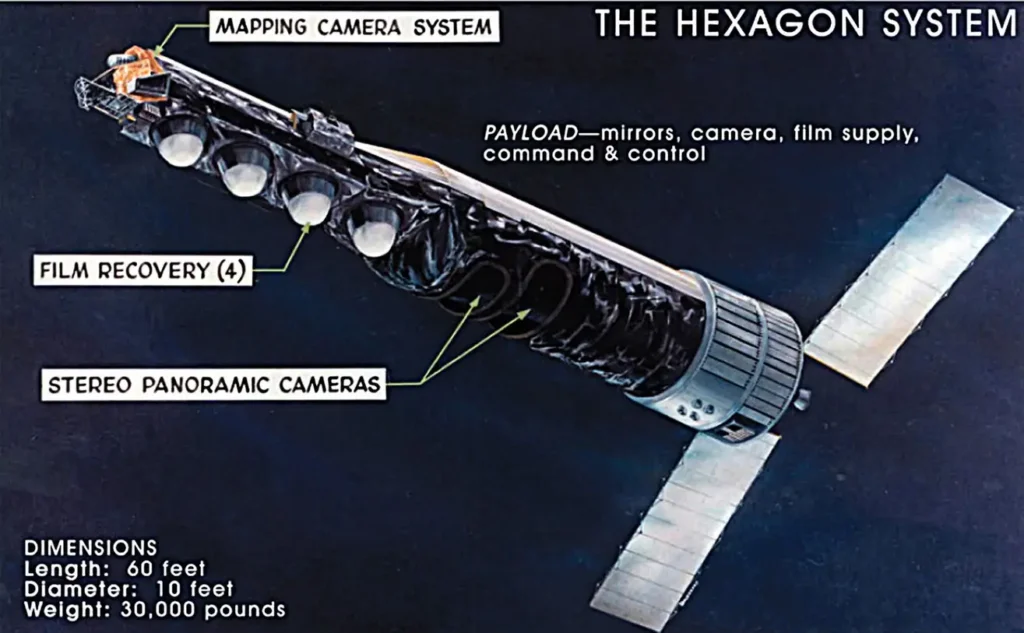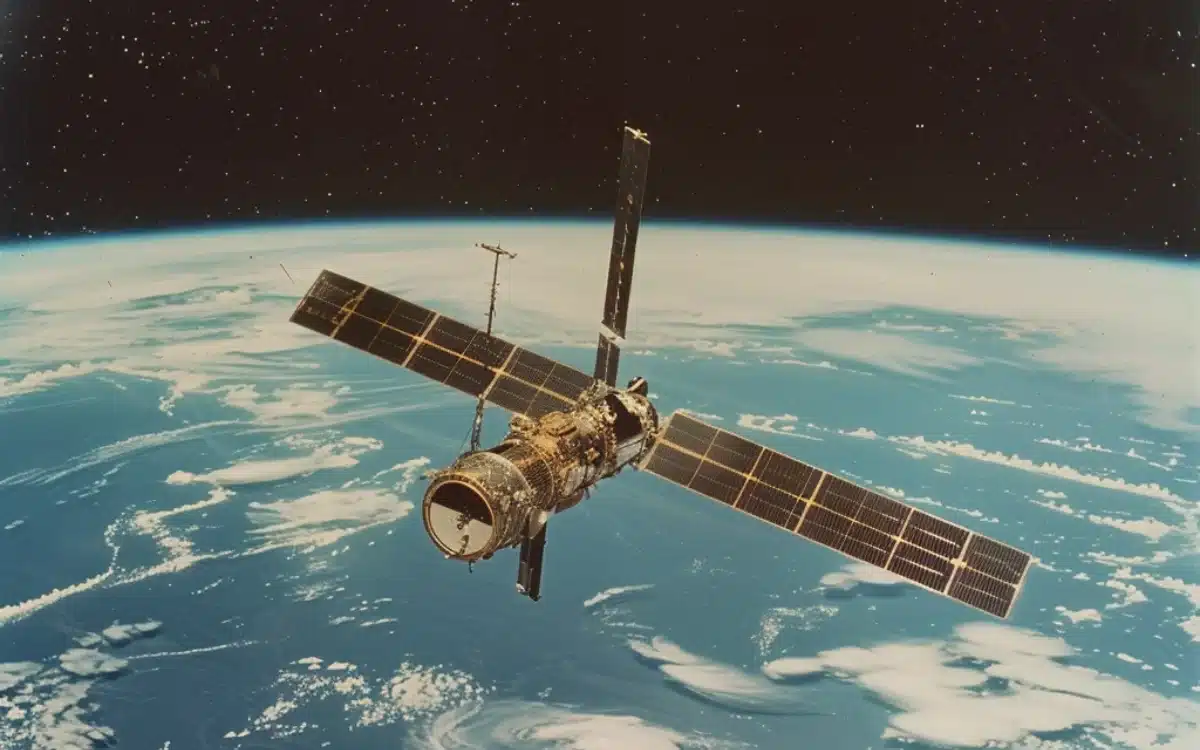Long-lost satellite missing for 25 years finally rediscovered in space
- A lost satellite has been found in space 25 years after it went off grid
- The Department of Defense’s global Space Surveillance Network is currently tracking more than 27,000 objects in Earth’s orbit
- The majority include spent rocket boosters and operational and dead satellites
Published on May 02, 2024 at 4:33 PM (UTC+4)
by Amelia Jean Hershman-Jones
Last updated on May 02, 2024 at 6:49 PM (UTC+4)
Edited by
Tom Wood
In news that raises new hope that your misplaced car keys will turn up sometime soon, a lost satellite has been found in space 25 years after it went off the grid.
The Department of Defense’s global Space Surveillance Network is currently tracking more than 27,000 objects cluttering Earth’s orbit.
So it’s a sad fact that some will be misplaced from time to time – but they usually don’t go off the radar for this long.
READ MORE! NASA discloses how public would be alerted in the event of an impending asteroid strike
The majority of these orbiting objects include spent rocket boosters and operational and dead satellites.
Some of it is like this mysterious ‘space debris’ that lit up California’s sky before experts successfully identified it last month.
The Infra-Red Calibration Balloon (S73-7) was an experimental craft that launched as part of the United States Air Force’s Space Test Program in 1974.
It’s a mere 66 cm (26 inches) wide – nowhere near the size of the Tesla that Elon Musk launched into space six years ago, that’s currently moving towards Mars.
It was ejected by a large reconnaissance satellite, KH-9 Hexagon, boosting it to a 500-mile (800 kilometers) circular orbit.
It was planned for the tiny satellite to inflate in orbit and serve as a calibration target for remote sensing equipment.
However, deployment sadly failed making it just another piece of space junk.
It went missing briefly in the 1970s before disappearing from ground-based sensors in the 1990s – and was only discovered this week per tracking data from the Space Force’s 18th Space Defense Squadron.
“The problem is that it possibly has a very low radar cross-section,” Jonathan McDowell, an astrophysicist from the Harvard-Smithsonian Center for Astrophysics told Gizmodo.

“And maybe the thing that they’re tracking is a dispenser or a piece of the balloon that didn’t deploy right, so it’s not metal and doesn’t show up well on radar.”
Ground-based radar and optical sensors keep track of objects in orbit based on a global network of sensors that feeds information to an up-to-date catalog of satellites.
These rely on identifying the orbit of a moving object by matching it with the designated orbit of a satellite, as the majority don’t transmit their identities.
“It’s basically like air traffic control,” McDowell explained.
“All this stuff is whizzing around and if you’re going to try flying through that, you want to know where the hazards are.

“If you’ve got a recent orbital data set, and there’s not too many things that are similar orbit, it’s probably an easy match,” McDowell said.
“But if it’s a very crowded bit of parameter space, and you haven’t seen it for a while, then it’s not so easy to match up.”
There are also ‘holes in the tracking’ – like on the equator.
As Earth’s orbit gets more crowded with a growing number of satellite constellations and rocket launches, it’s become more crucial to keep track of all these objects to avoid confusion over their identity.
Like the airline pilots’ UFO sightings which were recently demystified in a case of mistaken identity.
Some of the images in this story were created using AI.
DISCOVER SBX CARS: The global premium car auction platform powered by Supercar Blondie

London-based Amelia cut her journalistic teeth covering all things lifestyle, wellness, and luxury in the UK capital. Fast-forward a decade and the senior content writer and editor has put pen to paper for glossy magazines, busy newsrooms, and coveted brands. When her OOO is on from writing about cars and heading up on-site SEO you can find her spending quality time with her young family, in the gym, or exploring the city she loves.





